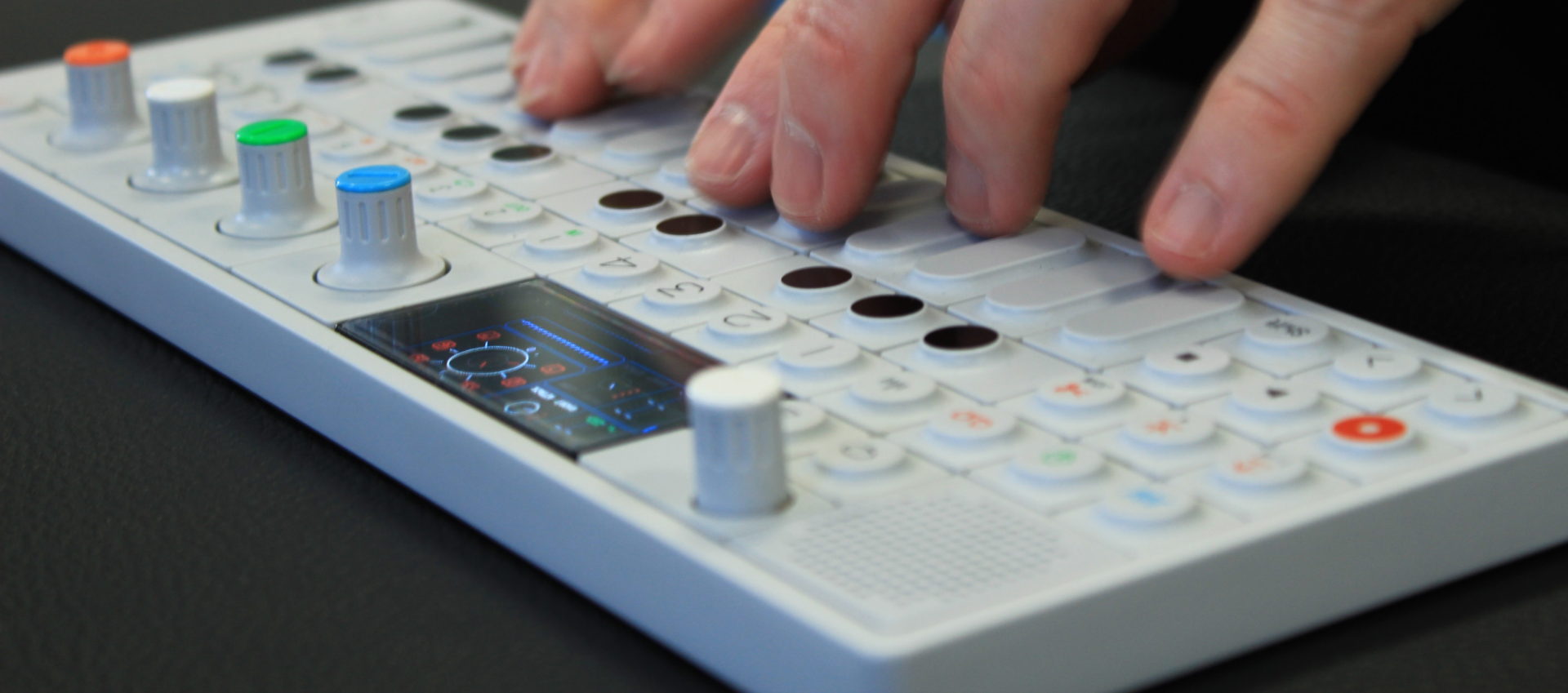If you need to orchestrate music for your Orff or Kodaly students this is the post for you. A free booklet is provided that contains helpful hints for both Sibelius and Finale notation software – as well as look at the new Sibelius 7.
Orff Orchestration and Notation Booklet
The following is an excerpt from an article I had published in the Orff Schulwerk Association of NSW Australia Bulletin (Vol 39, No.3 July 2011) on integrating technology into the Orff classroom. It was a timely writeup for me as I prepare to undertake level 3 of Orff teacher certification and as the president of the NSW Orff Association reported,
“what is of particular interest is Samuel’s technology-based approach, as opportunities for the integration of technology in the classroom grow, through the 1:1 learning environment (student laptops) and other resources such as SmartBoards etc.” (Amber Thomas, NSWOSA President).
Integrating Technology with your Orff Lessons (excerpt)
The best thing about your Orff lessons is that they involve singing, body percussion, improvisation and movement: tangible and measureable activities.
Why complicate learning and assessment by adding technology?
I can give you three good reasons, but they require some experimenting. You need to be daring, willing to take a risk and above all passionate about getting your students to compose!
1. Technology can provide your lessons with extension opportunities
2. Technology can add collaborative learning to your classroom
3. Technology can allow teachers to create engaging assessment tasks
Developed by Joe Berkovitz and his team, http://www.noteflight.com/ is a free music notation service that is easy to use, requires no tricky IT setup and will have your students composing and improvising straightaway. Not only can scores be played back, embedded into blogs and websites, but Noteflight has its own learning activity templates http://activities.noteflight.com/ that give interactive lessons on melody writing or percussion accompaniments, plus, over 3000 scores shared by other users ready to view and hear. It also exports the scores as Music XML, MIDI and WAV files allowing direct importing to Sibelius, Finale and MuseScore, Garageband etc.
But really, what is so significant about another notation program?
Noteflight is not just another notation program. Let’s say you have worked on “Clap Your Hands,” “Five Little Monkey’s,” “Down the Road,” “Old Man Moses,” and many other such pieces in your classroom. You have created textures with glockenspiels and xylophones, improvised over bordun’s and your students have sung many rounds beautifully in Sol-fa! But now you want your students to write their own vocal rhythms, improvise their own melodies and notate them. This is where Noteflight becomes a great learning tool.
My students had undertaken activities similar to those above and now I wanted them to compose, help each other compose and enjoy demonstrating their compositions. I first had them sign up to Noteflight (using their school emails) and complete the following:
a) Compose a 4-8 bar vocal rhythm based on something you did in the school holidays
b) Then add a body percussion part that compliments the vocal rhythm
c) Lastly, using the melodic intervals of La, So & Mi attach them to your vocal rhythm in a pattern
d) Swap with a friend, sing/play your compositions and add a second rhythm part to your friends’ work
e) Notate the whole composition on Noteflight, email it to your teacher and comment on each others compositions
The results were outstanding! Not only did the students create very entertaining compositions but they also shared them with their friends, homerooms, parents and other staff. I have included a student example at this post here.
As a teacher the benefits of integrating Web 2.0 tools like Noteflight into your classroom are worth the time and effort it will take to ‘learn’ them. Here’s why:
a) You can access a worldwide community of teachers, composers and arrangers – and their scores
b) You can have assignments emailed to you, hear them play back and share them on the school blog or wiki
c) Each assignment, test, worksheet or activity can be stored and used in an online learning portfolio
I hope you have enjoyed this small excerpt and the booklet linked above.
Remember, education will improve when educators share – or comment below 🙂

Pingback: September, 2011 Music Education Blog Carnival | sing imagination
Thx for this great information that you are sharing with us!!!
Just in case you don’t know Finale has had this built into it for the last several veiorsns, and has really come into it’s own light in the recent veiorsns. Nevertheless, I’m curious about it and will look into it. Thanks for the posting!Brian